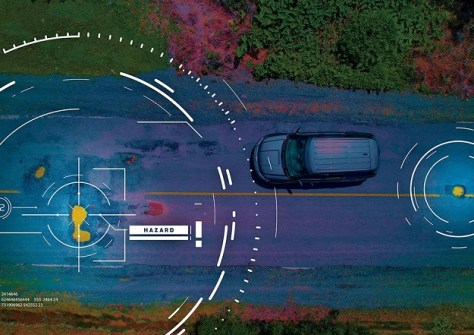
Researchers at Texas A&M University are working on a new method of infrastructure monitoring using satellite-based synthetic aperture radar.
Led by Dr Anand Puppala and PhD candidate Amit Gajurel, the work aims to improve the inspection and characterisation of roads, retaining walls and embankments from space, helping to determine if there are flaws that should be further inspected for repair.
A recent study published in Transportation Research Record shows that high-resolution, satellite-based synthetic aperture radar (SAR) data can detect infrastructure issues early on, which can help prevent further damage to roads in the same way that annual checkups can help prevent more complex health issues in people.
In addition to saving time on repairs and preventative measures, using satellites to monitor infrastructure and pavement conditions has the potential to reduce costs associated with managing roadway infrastructure assets.
“If a given area would typically take five days to complete — between surveying the data and determining large and small areas of failure — when using the satellites, we could actually look at the data and make the same determinations in only two days, which can be very useful for time-saving,” said Puppala, A.P. & Florence Wiley Chair Professor in the Zachry Department of Civil and Environmental Engineering Department.
“We’re building this up to use as a source of data for geotechnical asset management and looking at how to integrate this remote sensing data into geotechnical asset management,” added Gajurel.
“We can use SAR data for managing the geotechnical assets. This could be a great method for organisations that are looking for a cost-effective way to manage these assets.”
SAR remote sensing technology has long been used to study geomorphological changes and sudden movements such as earthquakes and landslides.
“When there is damage due to a natural disaster, authorities use the satellite systems to determine what caused it. Recently we started utilising this method to look at transportation infrastructure, including highway embankments, roads, and even airport runways,” said Puppala.






